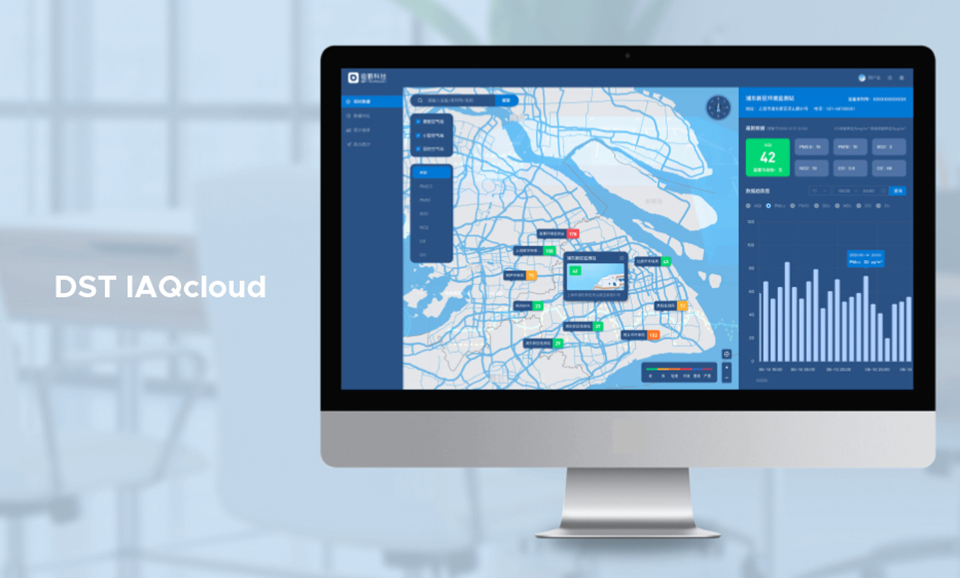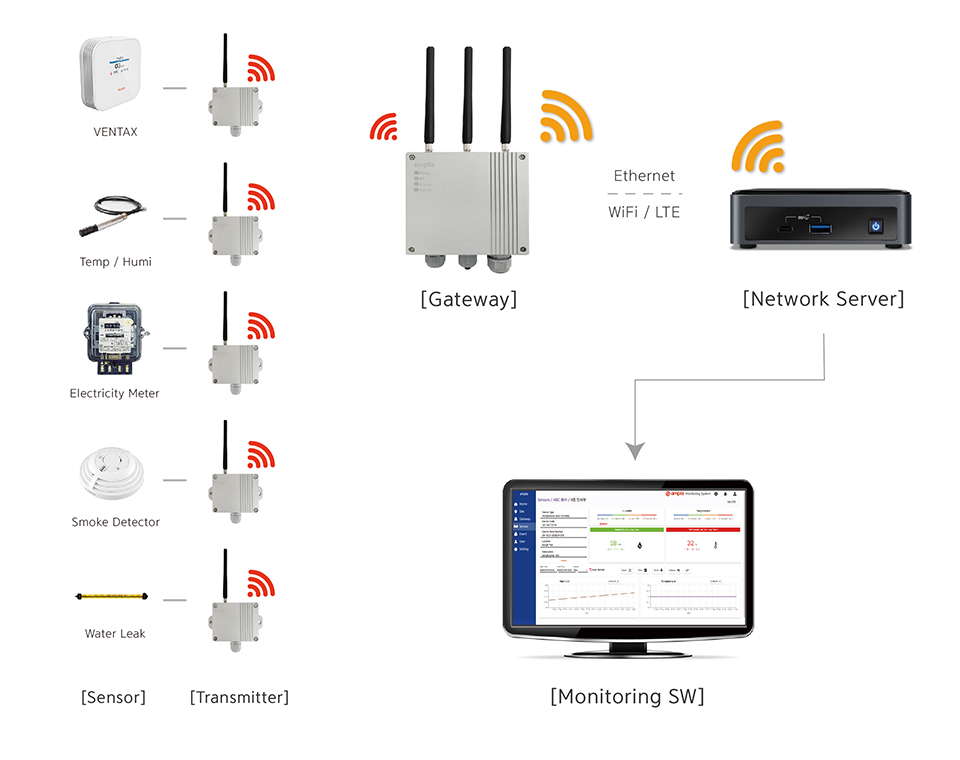The RESET Standard represents a significant advancement in the realm of continuous monitoring sensors within the built environment. Here's a breakdown of how RESET works, its standards, the concept of data standards, and how it differs from other building standards:
-
How RESET Works:
- RESET is a data-driven and performance-based standard that necessitates long-term continuous monitoring data to be transmitted to the cloud using qualified, multi-parameter devices.
- Standardization of data enhances understanding, facilitating better operation and maintenance of built environments.

-
Standards:
- RESET Standard is modularized, allowing project teams to implement individual modules over time based on their priorities. Projects can certify without accomplishing all modules.
- Embodied Standards:
- RESET Embodied focuses on data transparency and accountability for materials used in spaces and buildings throughout their lifecycle.
- Operational Standards:
- RESET Air: Focuses on indoor air quality and its impact on health, productivity, and sustainability.
- RESET Water: Aims to raise awareness about water conservation and improve water use efficiency and quality.
- RESET Energy: Highlights the carbon operating costs of the built environment and aims to improve feedback loops.
- RESET Waste: Tracks and understands waste generation and consumption throughout its lifecycle.
-
Data Standard:
- A data standard for built environments defines data structure, rules, and requirements for data quality.
- Unlike design standards, data standards focus on monitoring and data collection fundamentals.
- The RESET Standard serves as a data standard, creating a structure for data quality, continuous monitoring, and benchmarking.

-
Difference from Other Building Standards:
- RESET is a data standard, not a design standard. Its focus is on collecting high-quality, actionable data rather than providing specific solutions.
- It emphasizes data collection specifications, monitor deployment, installation requirements, and data reporting and platform requirements to ensure trusted, relevant data.

Overall, the RESET Standard aims to enhance understanding of building operations, promote healthier and more sustainable environments, and increase the credibility and use of continuous monitoring globally.
